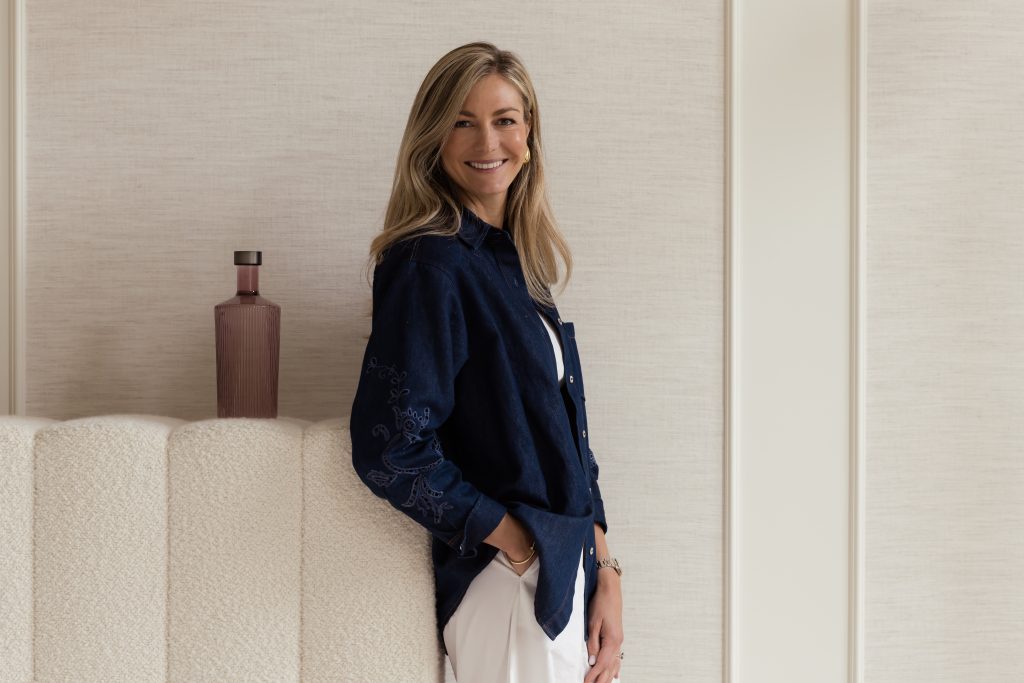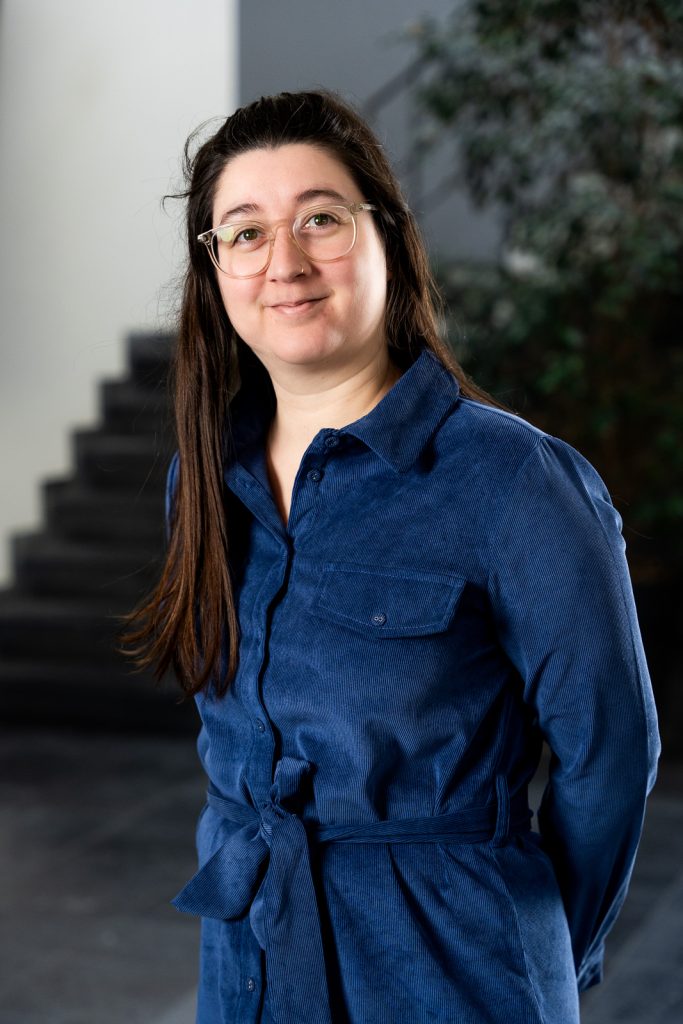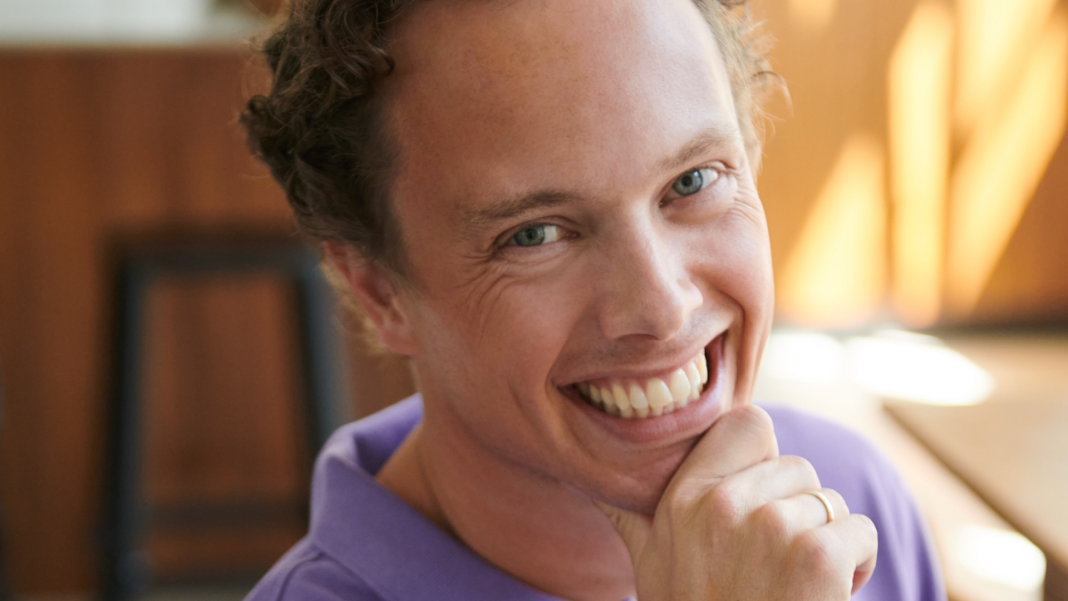For many entrepreneurs, sustainability has become a given, even an inevitable aspiration. However, between good intentions and real impact often lies a maze of choices, challenges, and trade-offs. What does it truly mean to run a sustainable business in 2025? How can one avoid vague promises or superficial greenwashing, and instead turn sustainability into a strategic advantage – ecologically, socially, and economically?
To answer these questions, we spoke to three companies for whom sustainability is not a trend, but the foundation of their business model: Paveau, Crisp, and Purasana. Each approaches sustainability from a different angle: agricultural transition through technology, circular product development, and scientifically regulated health products. Despite their differences, they share key principles: they invest in transparency, build long-term relationships with suppliers, and embrace ambitious thinking while staying grounded in reality.
Sustainability at the Core
Paveau is a Belgian design-focused brand that develops reusable glass water bottles to encourage tap water consumption and reduce plastic waste. Here, sustainability is not a side project but the company’s very raison d’être. And it also delivers strong green numbers, as previously reported. Founder Isabelle De Pauw aims not only to offer consumers an attractive reusable product, but to drive behaviour change. “We promote tap water instead of bottled water. It’s a small habit with a big impact.” Her key takeaway? Start with a clear mission and apply it across every facet of your business. “That’s the only way to remain credible.”
Crisp is a digital supermarket offering fresh, locally produced food via a short supply chain, with a strong commitment to sustainability and regenerative agriculture. It was the first supermarket in Flanders to obtain B Corp certification (with an impressive B Impact Assessment score of 109 points!) and leverages sustainability through short supply chains, regenerative farming, and smart technology to reduce waste. CEO Tom Peeters explains: “Sustainability is not a separate department. It’s integrated throughout our entire model.”
Purasana is a Belgian brand that develops natural and organic health products, with a strong focus on transparency, scientific validation, and sustainable packaging. Internally, they foster a culture of environmental awareness and external credibility. “We base our health claims on EFSA regulations and support them with science,” says sustainability coordinator Melissa De Lombaerde. “This rigour is not only required for compliance but also essential to building trust with customers and partners.”
The common thread? Running a sustainable business is an ongoing process. But it yields tangible benefits: customer loyalty, stronger brand identity, more efficient processes, and deeper relationships with partners. Below, these three companies share their approaches, lessons, and most importantly: actionable advice for entrepreneurs looking to make their businesses more sustainable – from product development and packaging to supply chain management and internal culture.
1. Make Sustainability Your Foundation, Not a Marketing Layer
Sustainable entrepreneurship starts with a conviction. “Sustainability shouldn’t be a marketing tool, but a core value,” says Isabelle De Pauw of Paveau. For her, that means starting with a clear mission – in her case: reducing plastic waste – and translating it into every aspect of the business. Paveau’s reusable bottles are not just attractive products; they serve as carriers of that message. “Apply your mission to internal processes, product development, and communication.” Melissa De Lombaerde of Purasana adds: “Businesses must avoid vague promises. The EU Green Claims Directive obliges us to communicate transparently and with evidence. It compels you to genuinely embed sustainability into your policies.”

2. Work with Partners Who Reinforce Your Mission
External partners can amplify and accelerate your sustainability goals. At Paveau, this includes Plastic Bank, an organisation that collects plastic waste and creates social employment opportunities in vulnerable regions. “Thanks to our donations, around 20,000 bottles are collected each month. That’s a measurable impact – both ecologically and socially,” says Isabelle.
Crisp collaborates with regenerative farmers via the ‘Boeren Natuurlijk’ network. “We support these farmers structurally by purchasing their entire harvests, even if they are seasonal and less predictable,” explains Tom Peeters. “That purchase security is crucial to scaling this kind of agriculture.”
At Purasana, social partners like Forena (formerly Sowepo) contribute to societal sustainability. “We work with adapted companies to provide meaningful work for people distanced from the labour market,” says Melissa. “This strengthens our processes and reinforces our social mission.”
3. Use Technology as a Driver of Sustainability
Crisp doesn’t use technology as a gimmick, but as an essential foundation. By enabling customers to order first and purchase later, they minimise waste. “Everything we buy is consumed,” says Tom. “Our technology accurately predicts demand and supply and flexibly adapts to weather conditions, seasons, and local harvests.” Logistics are also considered: Crisp uses electric delivery vans, smart route planning, and an energy-efficient distribution centre that reuses residual heat. “Sustainability isn’t a separate department for us. It’s integrated into every system and process.”
Ordering groceries through an app is merely one advantage for Crisp: “Our technology and short supply chain allow us to eliminate traditional intermediaries and offer the most direct path from producer to plate. The app acts as a connector between national demand and local supply. With regenerative products, volatility is higher: supply is less predictable because the producer depends on natural conditions. Weather affects the harvest, and regenerative farmers don’t use chemicals. Plus, not everything grows in every season, so the assortment rotates. Supply is inherently less certain.”
4. Dare to Show Imperfections in Your Communication
Transparency is a strength, not a weakness. “We’re currently at 70% recycled packaging and aiming for 100% by 2030,” says Melissa of Purasana. “Being open about this builds trust with our customers and internally with our teams.” Purasana shares not only successes but also ongoing challenges. “We openly discuss, for example, the difficulty in sourcing high-quality recycled PET (polyethylene terephthalate, a common plastic used in bottles and food packaging) that also meets food safety standards,” says Melissa. “That honesty makes our approach credible.”

5. Integrate Sustainability Throughout the Organization
At Purasana, sustainability is woven into all operations: an internal task force constantly analyses where improvements can be made. “We promote small, structural changes,” says Melissa. “From logistics optimisation to encouraging cycling to work: it all matters.”
Crisp also focuses on culture: sustainability is a shared responsibility across all teams. And at Paveau, it starts from product design: their glass bottles are reusable, stylish, and meant to inspire consumers to be proud of their sustainable choices.
6. Set Clear, Measurable Goals and Track Them
Concrete targets help maintain direction and track progress. For Crisp, B Corp certification was a key catalyst. “It enabled us to clearly define our regenerative agriculture goal: by 2030, 30% of our fruits and vegetables must be grown regeneratively,” says Tom. Purasana links its goals to the new EU PPWR (Packaging and Packaging Waste Regulation) and aims for fully recycled packaging by 2030. “We combine this with interim checkpoints,” adds Melissa.
7. Use Sustainability as a Lever for Brand Loyalty and Talent
At Crisp, over 85% of customers return for repeat purchases. “They come back for taste, freshness, and trust,” says Tom. “They know we’re making conscious choices.” Sustainability also acts as a talent magnet. “It helps attract exceptional people who want to help build a future-oriented business,” Tom adds. Paveau has had a similar experience: “Our clients – and collaborations – often come from shared values,” says Isabelle.
8. Start Small, but Concrete, and Keep Going
“Sustainable entrepreneurship isn’t a sprint; it’s a journey,” says Melissa. “Start where you can have the most impact: packaging, transport, energy, or local partnerships.” Isabelle of Paveau stresses the importance of every step. “You don’t need to be perfect immediately. Choose something small, but do it thoroughly. And make sure it’s aligned with your mission.”

Read more articles:
Blue Origin Land In Luxembourg: What Does It Mean For Europe?
Exclusive Clubs And Circles For Networking And Business Growth In Luxembourg

